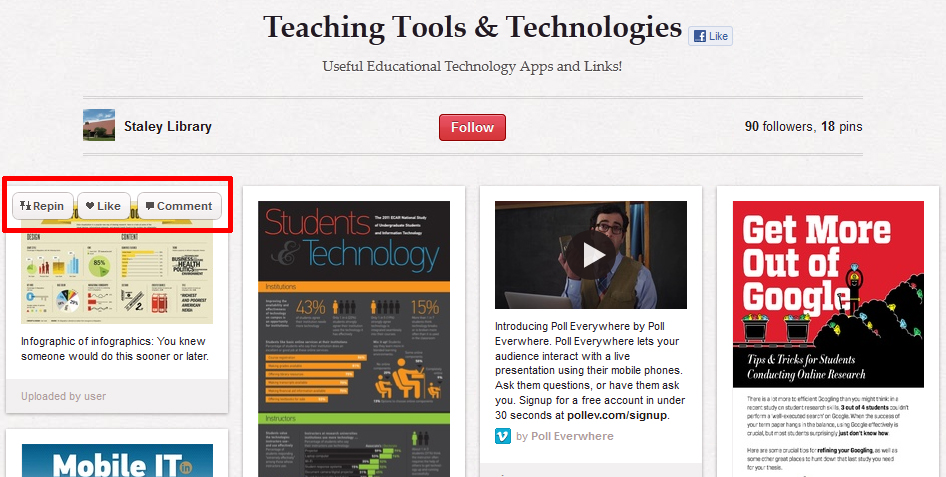
Randy Piland, School of Communications senior lecturer and faculty fellow for technology, uses Twitter feeds on his Moodle pages to provide supplementary resources and information to his students.
Elon University classrooms are gaining followers in the Twittersphere. Twitter, the social networking site that promotes free expression in 140 characters or less, has grown in popularity since its 2006 debut. It has evolved from a pure “micro-blogging” platform into a global community.
With the introduction of Twitter feed widgets on Moodle, Elon professors are sharing subject-related material from outside sources in order to enhance their students’ educational experiences.
Randy Piland, School of Communications senior lecturer and faculty fellow for technology, has added Twitter feeds to his classes’ Moodle pages as a way to provide supplementary resources and information to his students.
“I feel like if a student really takes advantage of it, [Twitter] can be very enlightening because there’s new information coming in all the time,” Piland said.
For each course he teaches, Piland creates a list, or curated group of Twitter users that share a common theme, on his Twitter account. On each list, he includes users that tweet about relevant information to the subject he is teaching. For example, he said for his photojournalism class, he complied a list of media organizations, photography agencies and camera technology sites associated with the photojournalism field. Some example accounts on this list are the Associated Press, MediaStorm and PetaPixel.
“I try to make [the Twitter feed] specific to the type of course it is, so students can get new information about that,” Piland said. “I feel like it’s an enhancement. You can’t make Moodle very active, so Twitter gives it a little life since the feeds are live and constantly changing.”
This semester, Piland is taking Twitter to the next level to ensure the technology is engaging his students.
“I’m going to pull things from the tweets this semester and assign them, so we can talk about it in class,” he said. “I’ll say, ‘Go to this tweet, and let’s look at this information and see how we can use it in our class.”
But, Twitter feeds are not just useful in communications classes, Piland warns. For political science courses, he recommends professors implement the technology on Moodle, so students can read about coverage of political parties’ national conventions and the presidential election.
“Right now, a lot of things are coming over [via Twitter] about the Republican National Convention, so [professors could discuss] different types of rules or codes of conduct concerning that event,” he said. “Those [tweets] are moving pretty regularly, so [professors could] probably look at a lot of the campaign stuff this fall.”
For other departments, Piland said professors need only search keywords they would like to discuss in class. For economics or business courses, for example, professors would need to search “business” or “economics” to find and include The Economist or The New York Times Business on their lists.
“If you’re teaching in the MBA program, and you’re looking for MBA-related information, then you could search MBA [on Twitter] and find all kinds of information,” Piland said.
Piland explained professors could also feed in a website’s pages, instead of tweets, using the same format on Moodle. However, because of Moodle’s size restrictions, he said large webpages don’t fit nicely into the narrow columns.
In terms of time requirements, Piland said if a professor has a few organizations or individuals in mind before creating his or her list, the entire process could take only thirty minutes.
“If you could sit down and do it all in one time period, and everything came to you right away, it wouldn’t take you a half hour to do it all,” he said. “But, this is stuff you gather over a period of time, and it might just be a couple of minutes a couple times a week to gather stuff based on what you read or see online or search for it. It’s not that time-consuming.”
Check out these step-by-step instructions on how to embed a Twitter feed onto your Moodle page.
For further help and ideas, check out past stories about Twitter written by the Teaching and Learning Technologies department.
 Are laptops and mobile devices helpful or harmful when used in the classroom?
Are laptops and mobile devices helpful or harmful when used in the classroom?







 Follow
Follow



